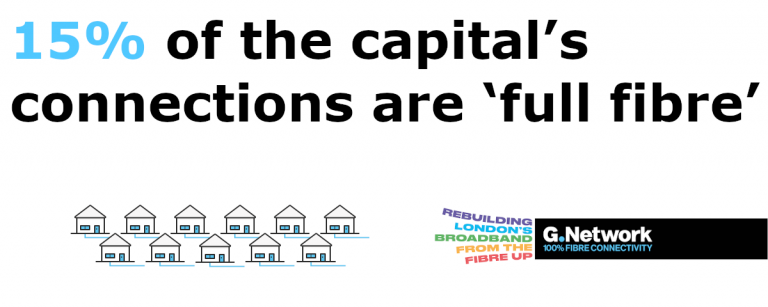What next for central London offices?

If Londoners can agree on anything, it’s probably that we’re living in unpredictable times. The open, accessible, thriving London of twelve months ago seems like a different world. As Coronavirus continues to threaten the health of the country and the economy, it’s already clear that life as we know it is undergoing a profound, swift and possibly irreversible change. It’s also clear that no sector has been left untouched, and that every business across the capital is having to make new decisions about its future.
Those decisions have big consequences for London’s commercial landlords. In this post we wanted to look at the impact of Coronavirus on central London office space, and what the ‘new normal’ could look like in the future.
For many firms who are renting office space in central London, the last few months have been a chance to re-evaluate the space that they need. The Office for National Statistics (ONS) recently reported that, in April 2020, “46.6% of people in employment did some work at home. Of those who did some work from home, 86.0% did so as a result of the coronavirus (COVID-19) pandemic.” If even a small proportion of the managers of these firms are reconsidering how much office space they need in future, there could be trouble in store for commercial landlords.
But there are positives too. A recent article from commercial real estate platform Costar claimed that flexible office spaces are likely to be beneficiaries of the slow return to work. If companies move to a model under which their staff permanently mix working from home and the office, they will be looking for a space that reacts and responds to those changing patterns.
Of course, there will be intense competition between landlords to lure these office tenants back. So what might tempt them? If we are all going to be moving around more, there may be two things that commercial tenants may want to see.

Firstly, an ability for all staff to connect and participate, regardless of where in London they’re based that day. Around 15% of the capital’s connections are ‘full fibre’ – that is, they rely purely on the most modern fibre optic connections that deliver faster speeds and better reliability. Older, slower connections don’t necessarily give teams connectivity they need to participate fully in meetings and conferences online.
Secondly, when staff do come into the office, an ability to get down to work quickly and deliver if they’re only going to be there for a day, or even a few hours. According to Property Week, “up to 72 minutes of our working day can be lost as a result of slow and outdated technology or poor connectivity.” This is not going to be acceptable, to managers and staff alike.
The pandemic has made clear that broadband is now a ‘fourth utility’ alongside water, electricity and gas. That’s why we’re having ever more conversations with commercial landlords about installing our full fibre connectivity into their buildings. If you’d like to be next, we’d love to talk to you.